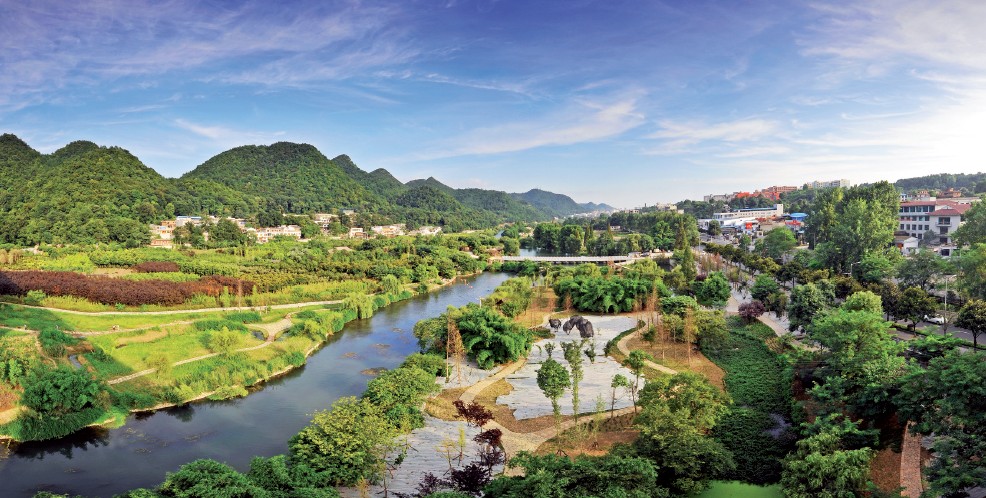

With Chinese tourists now the biggest spenders abroad, China is keen to grab its own share of the market by attracting foreign tourists, mainly from Europe.
For many years, China, especially the inland provinces, has been a sleeping giant in tourism.
Tourism is the most effective way for cities in those provinces to connect with other countries and establish further ties, says Zhang Xiaosong, professor at Guizhou Normal University International Tourism Academy in Guiyang, capital of Guizhou province.
Taking Guizhou as an example, she believes tourism is the best way to present its cultural diversity and natural beauty to the world.
A mountainous province in Southwest China, Guizhou has taken steps in recent years to showcase its scenic attraction to the world.
"Places like Guizhou have provided a paradise for tourists to enjoy idyllic country life in a pristine ecological environment," Zhang says."It's a great choice for those who want to escape from the hustle and bustle of city life.
"I believe this appeals more to overseas travelers when choosing travel destinations."
Guizhou province may have the potential to be a paradise for tourists, but transforming its attractions and suiting them more to the penchant and pocket of the local people and visitors from other parts of China is also a prime concern of the provincial government.
In January last year, the State Council called for more economic and social progress in Guizhou, suggesting that the province devote resources to developing its cultural industry to attract tourists through improved infrastructure and services.
The mountainous landscape offers cool weather in summer and pleasant conditions at other times of the year, with a high season of eight to 10 months. Guiyang, the provincial capital, is one of the country's top summer resorts.
A large international marketing operation has begun. Guizhou's tourism authorities have been to France before, but the latest trip to Paris has created the biggest response, particularly over the province’s distinctive ethnic culture and newly developed tourist spots, says Fu Yingchun, director of Guizhou Tourism Bureau.
Guizhou aims to be the destination, not a pit stop, he says.
Other than the Huangguoshu waterfall, the largest in Asia and third-largest in the world, Guizhou also boasts two World Heritage sites — the Chishui Danxia red sandstone landform with its steep cliffs, and Libo Cone Karst — that already attract many visitors from home and abroad.

"The presentation tour started in Japan last year, and Paris is our second stop," Fu says. "We will be presenting it in Germany soon and I hope these events will attract more European visitors to begin their journey to Guizhou.
"Our goal is to make Guizhou a world-famous tourist attraction. We need to learn from the experiences of developed countries. However, I believe the benefit is mutual since more and more people in Guizhou are choosing Europe as their travel destination."
Xi Wenda, a market manager at a travel agency in Guiyang, says bookings from overseas have increased substantially in recent years.
"Now we have a serious shortage of multilingual guides due to the increasing number of foreign visitors."
Guizhou received 130 million tourists in the first half of the year, an increase of 25 percent year-on-year, resulting in an increase of revenue to 106 billion yuan (17.4 billion; 12.8 billion euros), up 27 percent, Guizhou Tourism Administration says.
 |
|
Above: A preserved village of the Dong ethnic group in Liping county of southeast Guizhou province. Top: Huaxi National City Wetland Park in Guiyang, capital of Guizhou province.PROVIDED TO CHINA DAILY |